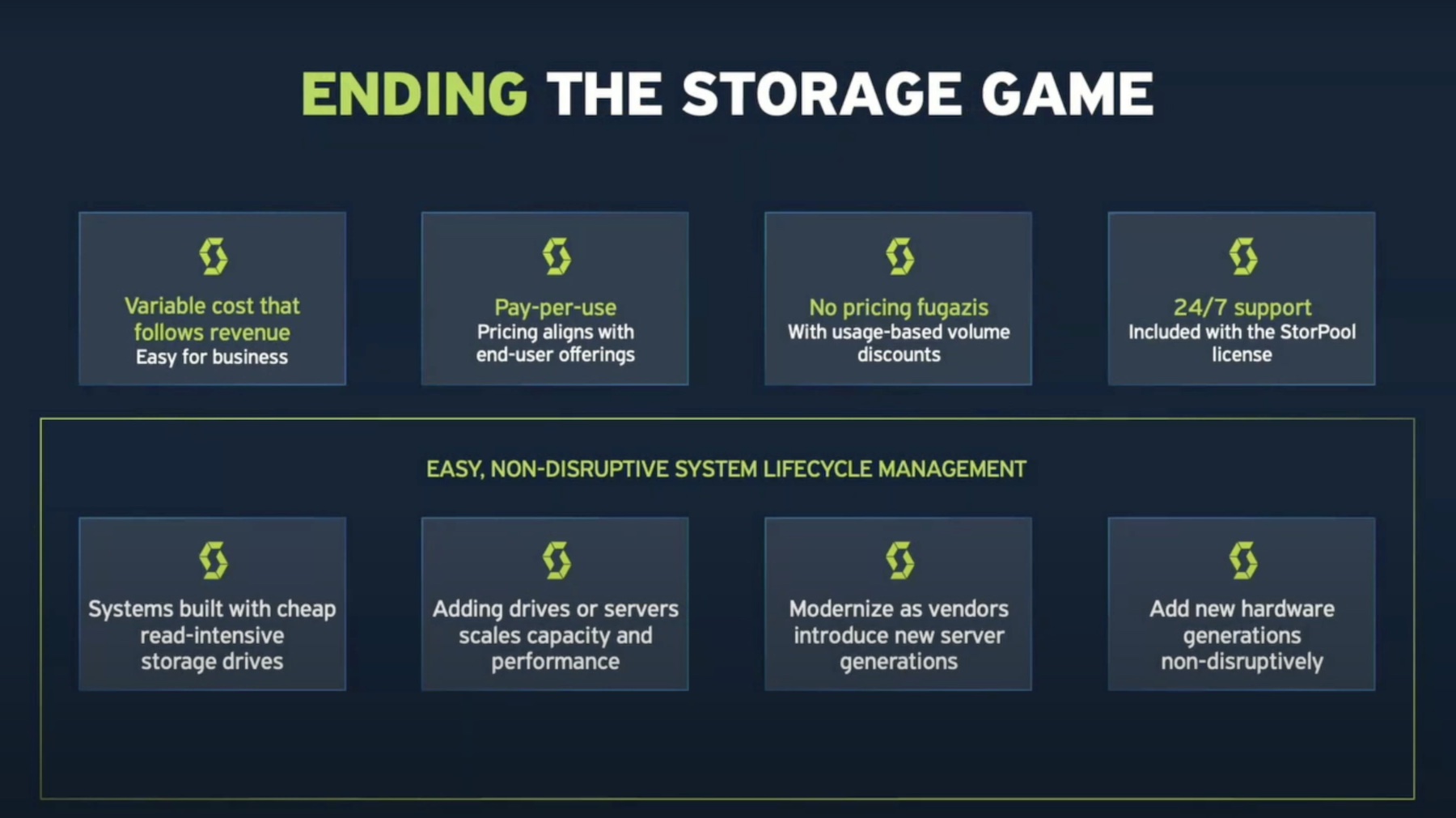 The first time I ever heard about cellular handoff issues had to have been around 2007 when the original iPhone came out. Just graduating from college, I didn’t have the funds for such a novel handset at the time, but definitely followed it with interest. One thing that became immediately clear was that the recently announced AT&T network (the phone was originally announced as a Cingular exclusive, remember) was having issues handling the sudden requirements of data.
The first time I ever heard about cellular handoff issues had to have been around 2007 when the original iPhone came out. Just graduating from college, I didn’t have the funds for such a novel handset at the time, but definitely followed it with interest. One thing that became immediately clear was that the recently announced AT&T network (the phone was originally announced as a Cingular exclusive, remember) was having issues handling the sudden requirements of data.
Since that time, cell networks have had their ups and down handling the ever-increasing data load modern handsets put on them. This always seems particularly acute when new network standards roll out, like 4G and 5G. I remember at some points people getting femtocells when home reception was particularly bad.
Like I said, there are no signs we’re going to see less cellular-connected devices over time, as watches, cars, and tablets increasingly join the connected ranks of phones. As such, it would be a benefit to carriers and customers to be able to handoff traffic to wireless networks when available.
In this piece, Nick Shoemaker breaks down how Passpoint does this Wi-Fi handoff in a smooth and secure way. This avoids the hassles of forcing customers to authenticate a wireless network. Instead, Passpoint securely uses the network for Wi-Fi calling and other offload, which still logically showing the device as “on the network”.
Read more at: What is Passpoint?




